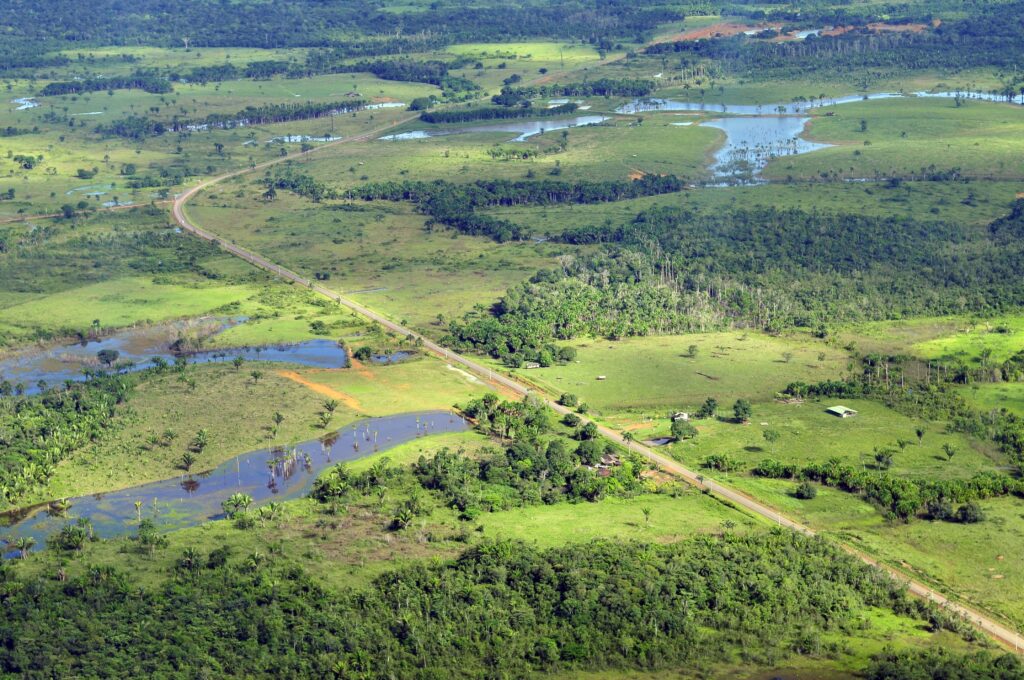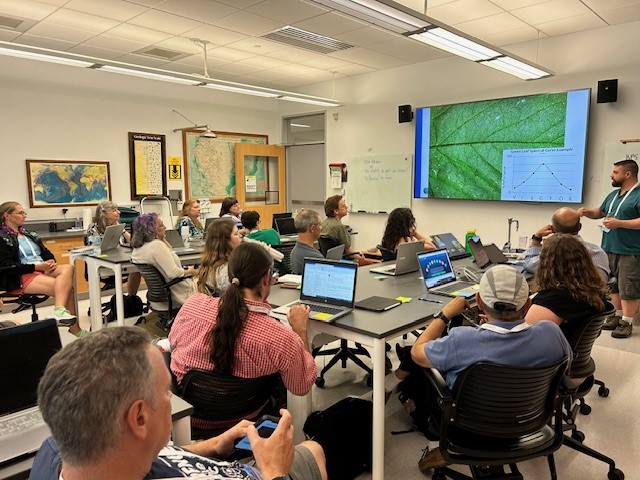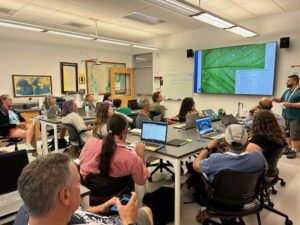
More than 100 countries at the UN Climate Change Conference this past year made the bold commitment to halt and reverse deforestation by 2030. But how is it possible to track the amount of forest cover lost or gained? And what kinds of metrics can drive decisions like where and how much land to set aside for agriculture or wildlife conservation?
Innovations in land cover and land use change (LCLUC) mapping are some of NASA’s most vital contributions to Earth science and sustainability. Since the launch of the first Landsat satellite in 1972, millions of images have been captured over the Earth’s surface. Over the past fifty years, these images have formed a record of the diverse ecosystems and landscape uses on our planet over time–enabling scientists, governments, and other stakeholders to map LCLUC changes on a scale never before possible.
SERVIR, a joint partnership of NASA and USAID, helps countries in Asia, Africa, and the Americas expand their capacity to use NASA Earth observations for sustainable land management. The SERVIR Applied Sciences Team (AST) is a group of Earth science experts selected by the NASA Applied Sciences Program to coordinate with co-investigators at SERVIR regional hubs, helping ensure that NASA science and technology is accessible and useful to users. Seven members of this team are currently working to help communities around the world not just engage in LCLUC mapping, but to access the resources needed to sustainably manage and protect the land we all live on.
***Meet the SERVIR scientists improving land management through satellite imagery. ***






